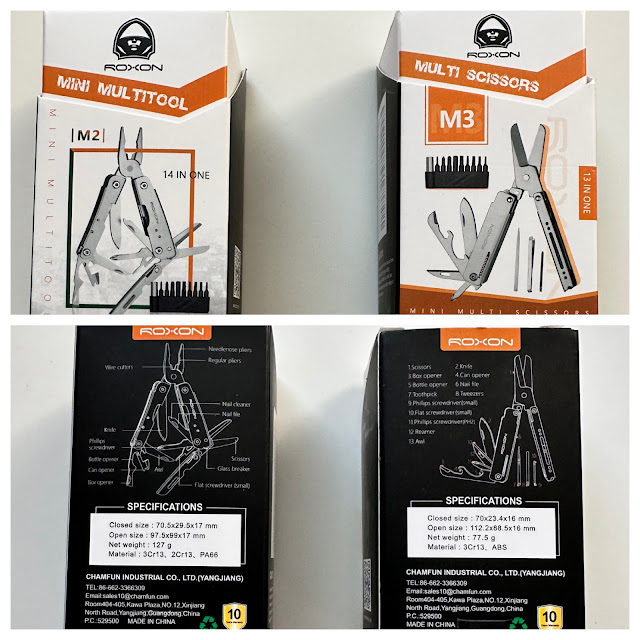Ball's Pyramid (Lost Bug Survival Story)
Ball's Pyramid is a 7 million year old volcanic remnant that is very narrow and high with a height of 562 metres (1,844 feet). The rock was named after a British naval officer in
1788. It is near Lord Howe Island, Australia, which is an isolated nature preserve.
This island had an interesting secret that was not confirmed until 2001 when scientists made a serious investigation. The scientists climbed 500 feet of cliff and found a colony of the presumed extinct Dryococelus australis or Lord Howe Stick Insect (aka tree lobster). These 6 legged bugs are the heaviest stick insect in the world with a big 12 cm length and thick hard shells. Before they became "extinct" they were used by the locals as fish bait!
The extinction of these bugs began in 1918 when a supply ship ran aground at Lord Howe Island. Rats escaped from the ship and found out that tree lobsters were quite tasty. By 1920 the tree lobsters were gone and thought extinct for the next 80 years. In the 1960s climbers said they found some stick insect corpses on Ball's Pyramid but it was never followed up on. The insects were nocturnal and the expedition in 2001 found them in one spot on the island - one spot only. Why this spot and how they got there, who knows? A landslide nearly wiped this colony out too!
A breeding program has taken place since and there are thousands of them now. However, they can't just be reintroduced to Lord Howe Island as the rats are still there.
This island had an interesting secret that was not confirmed until 2001 when scientists made a serious investigation. The scientists climbed 500 feet of cliff and found a colony of the presumed extinct Dryococelus australis or Lord Howe Stick Insect (aka tree lobster). These 6 legged bugs are the heaviest stick insect in the world with a big 12 cm length and thick hard shells. Before they became "extinct" they were used by the locals as fish bait!
The extinction of these bugs began in 1918 when a supply ship ran aground at Lord Howe Island. Rats escaped from the ship and found out that tree lobsters were quite tasty. By 1920 the tree lobsters were gone and thought extinct for the next 80 years. In the 1960s climbers said they found some stick insect corpses on Ball's Pyramid but it was never followed up on. The insects were nocturnal and the expedition in 2001 found them in one spot on the island - one spot only. Why this spot and how they got there, who knows? A landslide nearly wiped this colony out too!
A breeding program has taken place since and there are thousands of them now. However, they can't just be reintroduced to Lord Howe Island as the rats are still there.
http://www.uq.edu.au/nuq/jack/Bryden.html











Comments
Post a Comment